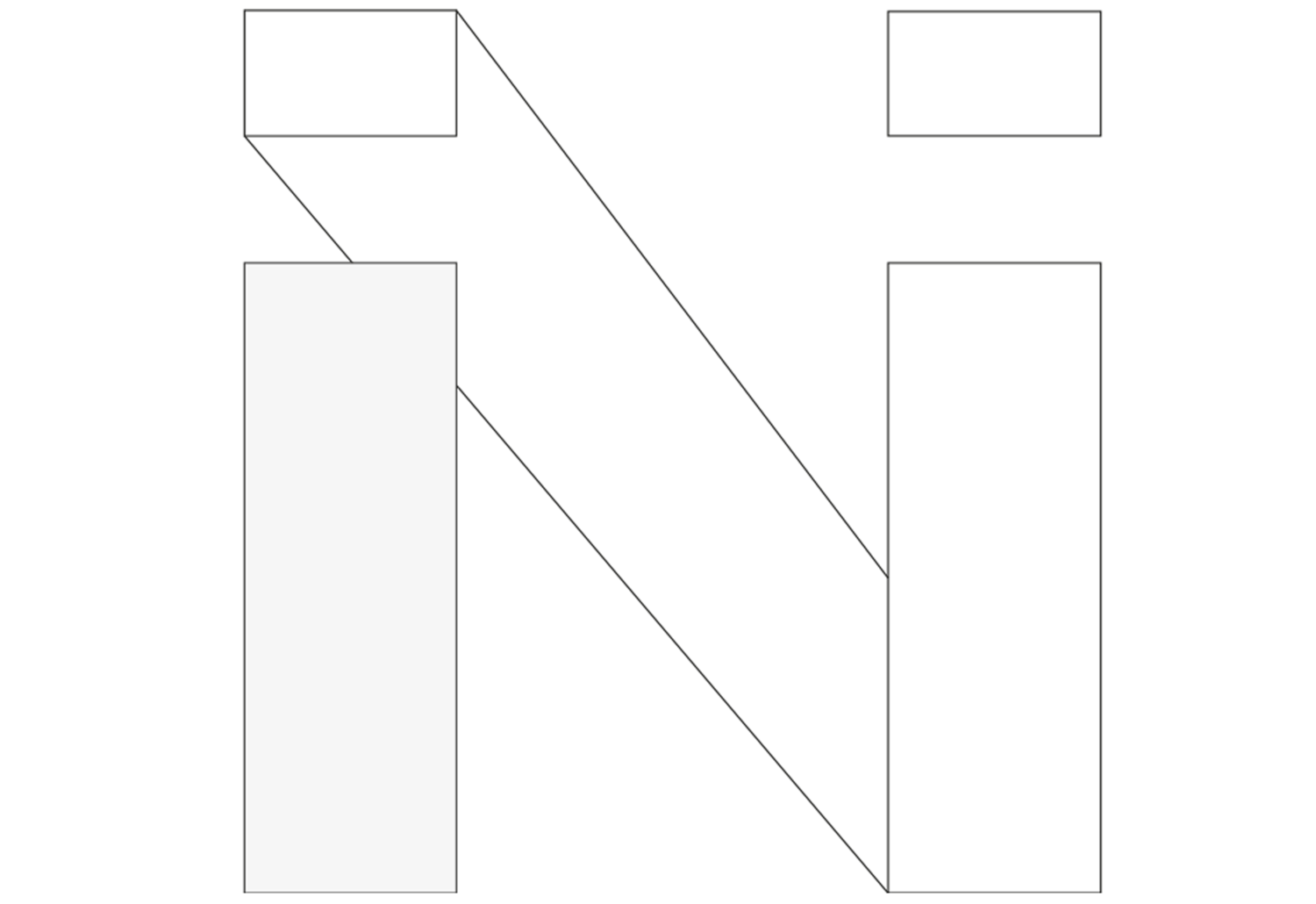Glass II | Triennale di Milano, Milan Design Week 2017 with Mediated Matter, MIT Media Lab.
3D printing of glass - tunable in its optical and mechanical properties at architecture scale - to template light and cognition of space.
Working with the Mediated Matter Group in the MIT Media Lab, we presented ‘Glass II’ as the Lexus Pavilion in response to their theme of ‘Yet’ in the Triennale di Milano for Milan Design week 2017.
Caustics | In the context of Nassia’s ongoing exploration of an augmented materiality, in ‘Glass II’ she explored a new found ability to template light into precise and complex caustic formations through the high fidelity tunable fabrication of glass. Designing caustic patterns in correlation to material interfaces that can shape our perception is part of her continued study of cognition as mediated through matter.
‘Glass II’ comprised of a series of 3m-tall glass columns fully manufactured with the G3DP2 platform as developed within our team at the Mediated Matter group. Each column’s unique and constantly changing surface is the result of continuous branching into multiple lobes to support its load. A unique network of radial arrays made of arcs; to each, a unique caustic footprint corresponding with its mechanical properties. Given their geometric complexity and dynamic optical properties, the columns act as architecturally scaled lenses that can concentrate or disperse light from within and/or outside the glass surface.
Each column is fitted with a dynamic internal lighting system—una stellina—programmed to travel up and down the column generating a large caustic footprint with kaleidoscope-like patterns. The caustics are the sums of light rays reflected and/or refracted dynamically by the curved surface of the printed column over the surrounding walls of the Triennale. Over space, each successive column introduces a more complex caustic envelope and the overall experience challenges the perceived boundaries between time and space.
Platform | G3DP2 -- Additive manufacturing of optically transparent glass structures at architectural dimensions. This new manufacturing platform, opens up a new method of glass fabrication that allows high fidelity tuning of optical and mechanical properties of glass through a digitally integrated thermal control system—to accompany the various stages of glass forming—as well as a novel 4-axis motion control system permitting flow control, spatial accuracy and precision, and faster production rates with continuous deposition of up to 30kg of molten glass.
In this way we develop new tools of computational design and digital fabrication technology to expand our control and application of glass, a material that is central to human activity across scales, from the microscopic lense to the skyscraper facade.
Nassia views glass as a pervious boundary between our built and natural world that has the unique ability to mediate the perpetual transformation of our natural environment into our physical designed environment, in light and growth.
Project Team | Prof. Neri Oxman, Chikara Inamura, Daniel Lizardo, Nassia Inglessis, Michael Stern, Peter Houk, Tal Achituv, Owen Trueblood, Giorgia Franchin, Tomer Weller, Kelly Donovan.
Link to project at MIT Media Lab: Glass II by Mediated Matter Group at MIT Media Lab
